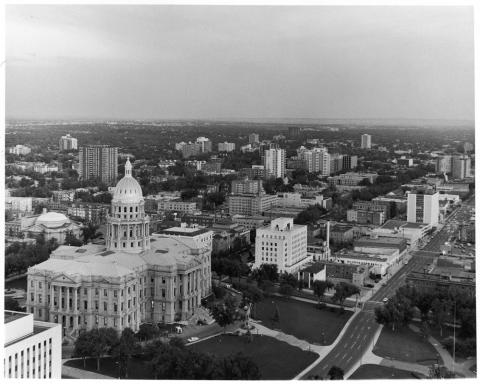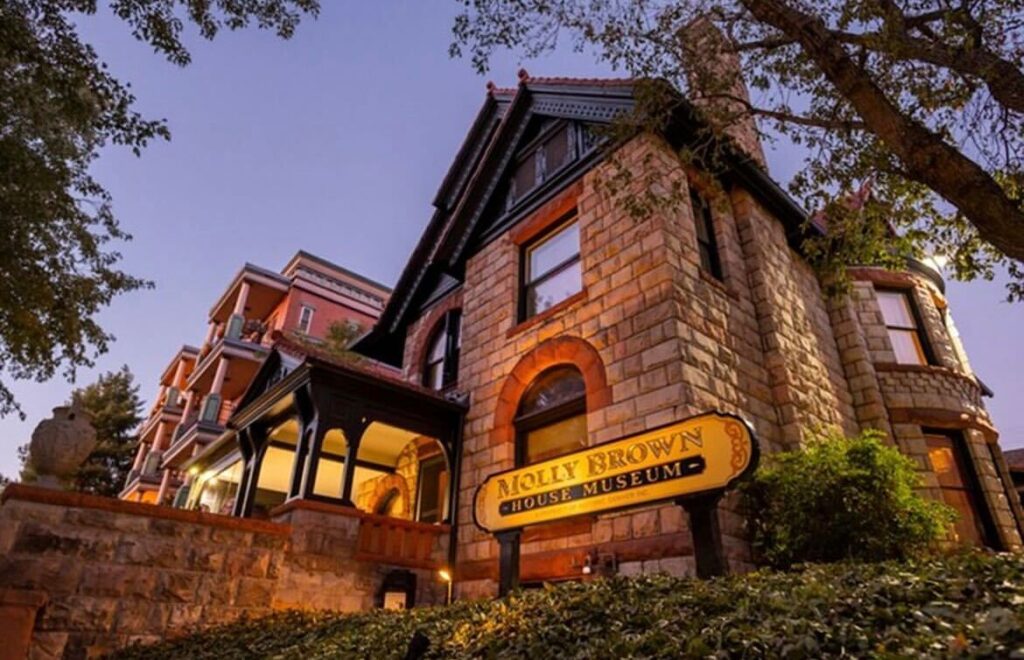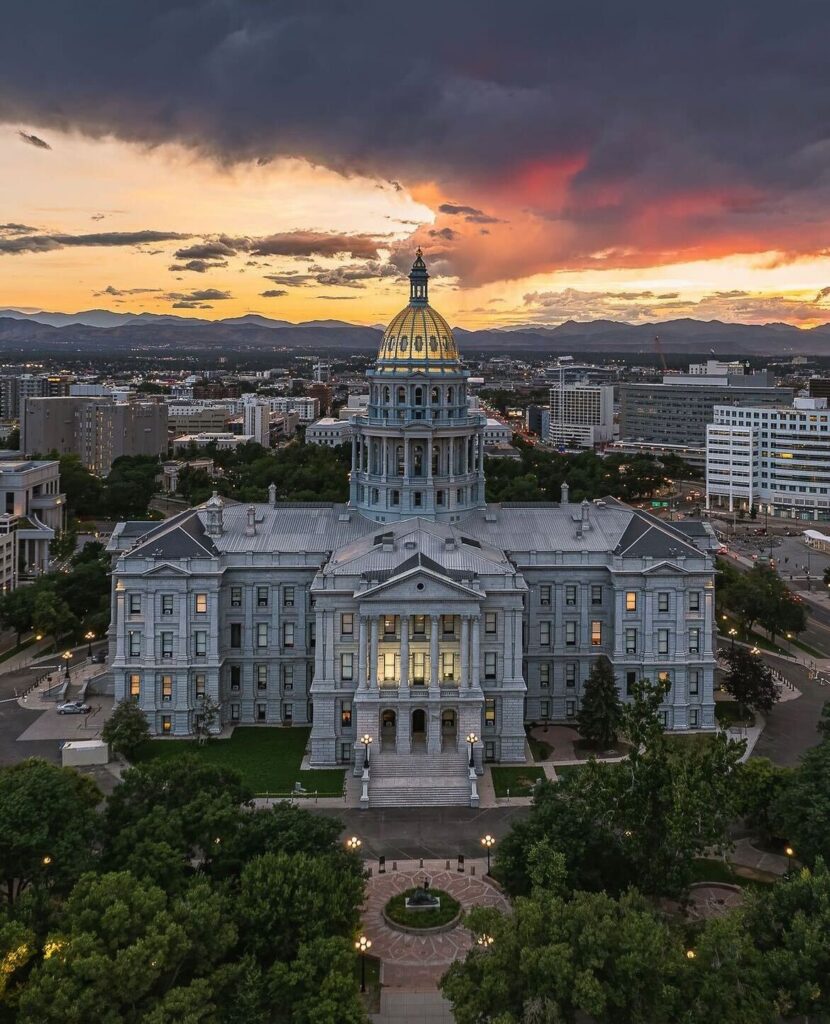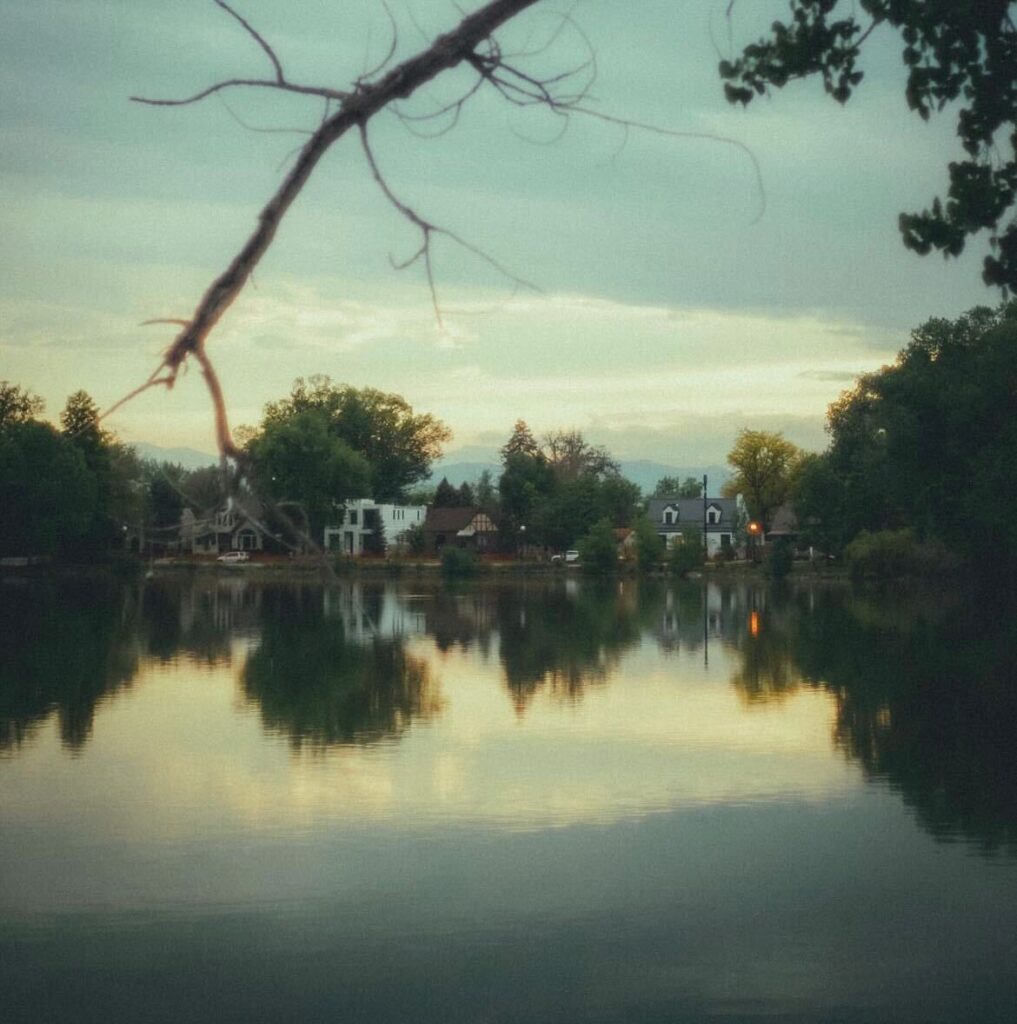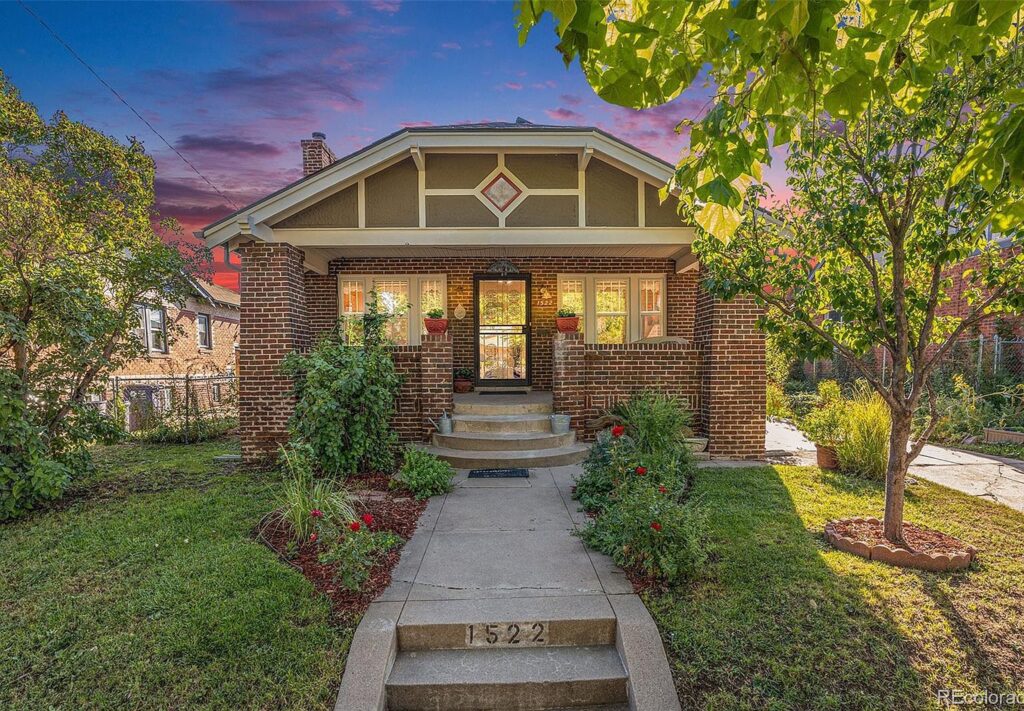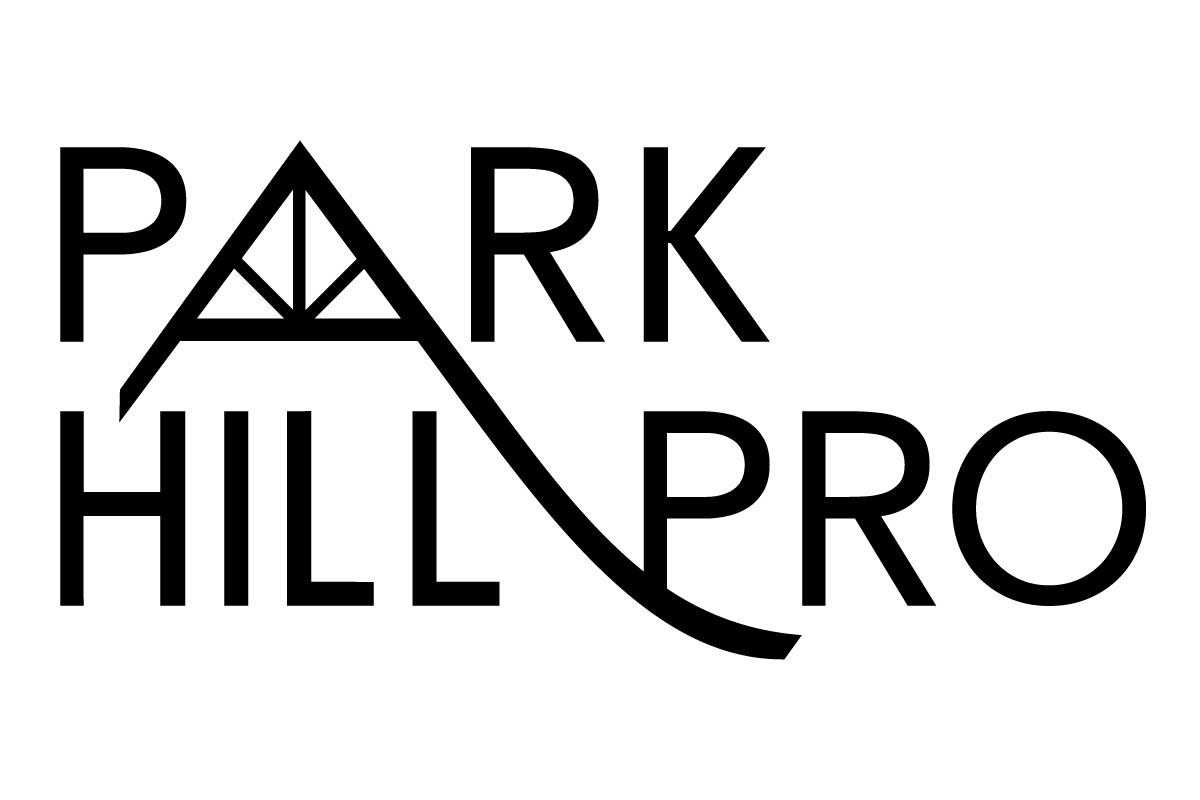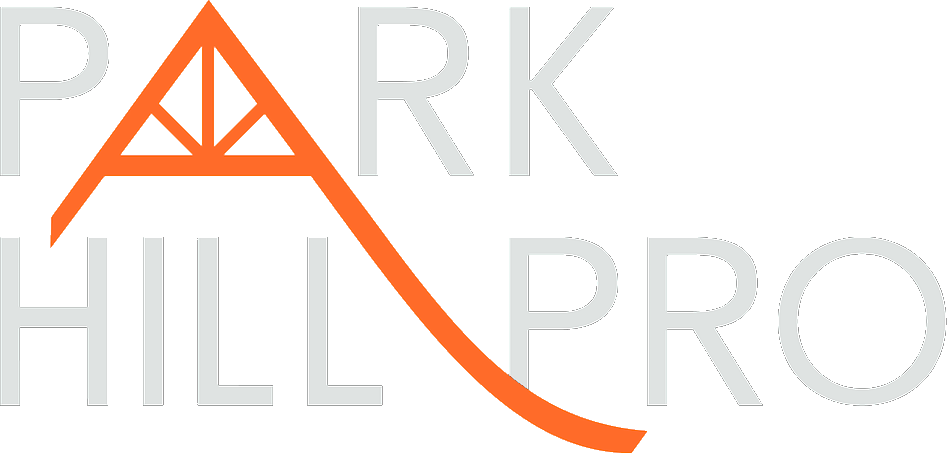Denver architecture dates back to the mid-1800s, offering a rich collection of influences that epitomize the American west.
Two of the most iconic and diverse architectural neighborhoods in Denver include Capitol Hill and Washington Park, both of which possess their own unique character.
Let’s take a closer look at the architectural elements that cultivate the personalities of these historic neighborhoods.
Denver Architecture in Capitol Hill: A Blend of Historical Grandeur
Denver’s Capitol Hill neighborhood stands as a testament to the city’s architectural journey from early days to modern evolution. Nestled just east of the city’s downtown district, “Cap Hill” offers an endearing blend of old-world charm and contemporary zest.
Diverse Architectural Styles in Capitol Hill
The architecture of Capitol Hill is notably vast starting with the late Victorian era, seen in the elaborate detailing, turret-topped facades, and spacious porches of its structures.
The neighborhood boasts additional Denver architecture icons including the Queen Anne style homes—with their distinctive bay windows and intricate woodwork—along more stately “Denver Squares,” renowned for their symmetrical elegance.
We’d be remiss to talk about Capitol Hill without mentioning the legendary Molly Brown House. Once the residence of the ‘unsinkable’ Titanic survivor Molly Brown, this turn-of-the-century mansion stands as a beacon of Capitol Hill’s storied past.
Historical Significance of Capitol Hill
At Capitol Hill’s heart, and the heart of Denver architecture, lies the Capitol building. This neoclassical marvel, crowned with its golden dome, is an embodiment of Denver’s early ambitions to become a reputable American city.
Modern Influences in Capitol Hill
While history is undeniably woven into Capitol Hill’s fabric, the neighborhood is no relic. Over the years, the architectural landscape has seen additions that range from modern condos to cutting-edge commercial structures.
These newer establishments compliment the older edifices, creating a harmonious blend that reflects both Denver’s roots and its forward-looking aspirations.
Denver Architecture in Washington Park: Preserving Early 20th Century Charm
A stone’s throw away from Capitol Hill lies Washington Park—a neighborhood that exudes both serenity and architectural splendor. While Capitol Hill prides itself on grandeur and age, Washington Park offers an abundance of designs that capture the essence of early 20th-century America.
Prominent Architectural Styles in Washington Park
You’d be hard-pressed to take a stroll through Washington Park without being sedated by the Craftsman Bungalows that line its streets. With their overhanging eaves, exposed rafters, and handcrafted stonework, these homes exemplify an aesthetic that prioritizes simplicity and functionality.
However, the seminal architectural feature of Washington Park is the Denver Square. Although shared with Capitol Hill, the Denver Square takes on a unique personality in “Wash Park,” perfectly integrating with the neighborhood’s lush backdrop and showcasing more subdued, earthy tones.
Historical Significance of Washington Park
The cornerstone of this neighborhood is its namesake: Washington Park. Designed in the 1890s by the acclaimed landscape architect Reinhard Schuetze, the park remains a paragon of the City Beautiful Movement.
This urban planning philosophy, aimed at beautifying cities through parks and grand avenues, significantly influenced the residential architecture surrounding the park, creating a harmonious blend of nature and urban design.
Modern-day Appeal of Washington Park
While Washington Park firmly anchors itself in history, it’s not stuck in the past. Many of its century-old homes have been meticulously restored or renovated, blending modern amenities with historical aesthetics. New constructions, though sparse, are carefully designed to respect the neighborhood’s architectural ethos.
With its tree-lined avenues, pristine lawns, and an architectural palette that paints a vivid picture of early 20th-century Denver, Washington Park is one of Denver’s most desirable neighborhoods.
Comparing Capitol Hill and Washington Park
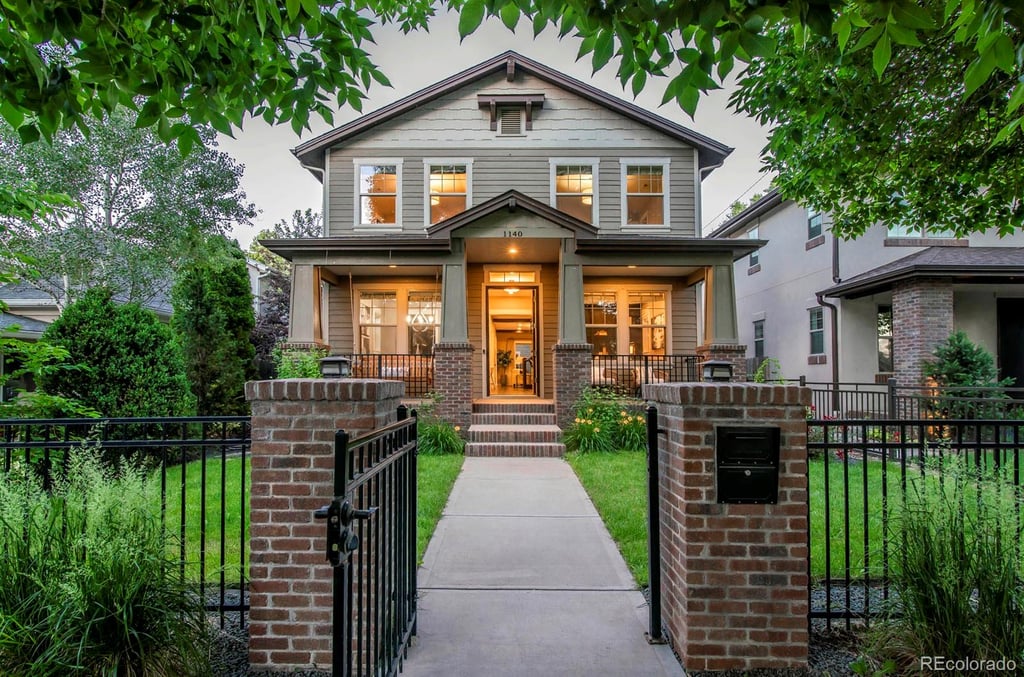
While overlaps certainly exist between Denver architecture icons Capitol Hill and Washington Park, each neighborhood also boasts its unique architectural essence. Capitol Hill, with its assortment of late Victorian designs and the iconic presence of the Molly Brown House, exudes an air of historic grandeur. Its streets echo tales of Denver’s early days, its ambitions, and its illustrious residents.
In contrast, Washington Park presents a more subdued elegance. Its Craftsman Bungalows and Tudor homes, interspersed with the occasional Denver Square, offer a harmonious blend of design and functionality. The neighborhood’s design ethos seems to prioritize coexistence—with nature, with history, and with modernity.
Another distinctive feature is the ambiance. Capitol Hill, closer to downtown Denver, has a more urban feel, punctuated by cultural institutions and historic landmarks. Washington Park, on the other hand, emphasizes recreation and tranquility, with its expansive park serving as both a namesake and a centerpiece.
Options Galore: Which Denver Neighborhood is Right for You?
Denver architecture has a lot of diversity, especially in Capitol Hill and Washington Park. Be sure to check out our neighborhood guide to explore some of the most historic and beautiful homes that Denver has to offer, or give Erik a call for personalized guidance!
